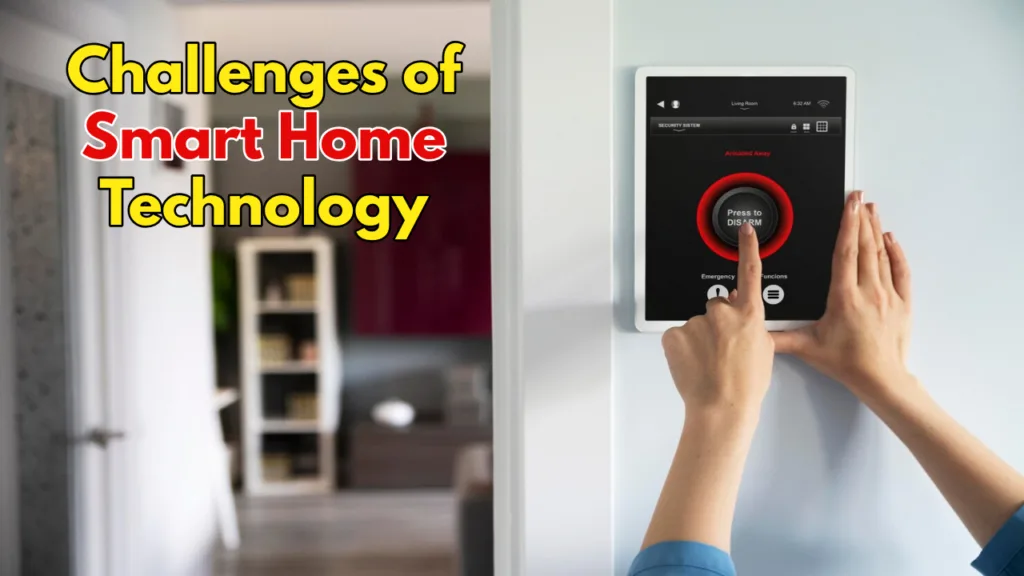From Idea to App: Your Guide to Coding Simple Applications
Ever wished you could turn your brilliant app idea into reality? The good news is, creating simple apps is more accessible than ever! With the right tools and guidance, even beginners can dive into the world of coding and build functional applications. This article will equip you with the basic knowledge and resources to get started on your coding journey.
Step 1: Choosing Your Path: Platforms and Languages
The app development landscape is vast, offering various platforms (Android, iOS, web) and programming languages (Python, Java, JavaScript). Choosing the right combination depends on your app’s purpose, target audience, and your own technical background.
For beginners:
- Mobile Apps: Consider using platforms like MIT App Inventor (blocks-based coding) or Flutter (Dart language) for Android and iOS app development. These offer user-friendly interfaces and ample learning resources.
- Web Apps: If you prefer web-based applications, HTML, CSS, and JavaScript are a powerful trio. Start with online tutorials and experiment with platforms like CodePen or Glitch.
Remember: Don’t be afraid to start small and gradually progress to more complex languages and platforms as you gain experience.
Step 2: Building the Foundation: Understanding Core Concepts
Before diving into specific code, grasp some fundamental programming concepts like:
- Variables and Data Types: Learn how to store and manipulate different kinds of information (text, numbers, images) using variables.
- Control Flow: Understand how to control the sequence of actions your app performs using conditional statements (if/else) and loops (for/while).
- Functions: Break down complex tasks into smaller, reusable functions for better organization and efficiency.
Numerous online resources offer interactive tutorials and courses to solidify these concepts. Websites like Khan Academy and Codecademy are fantastic starting points.
Step 3: Putting it All Together: Building Your App
Now, it’s time to translate your idea into code! Start by outlining your app’s functionalities and user interface. Then, choose a development environment (IDE) suitable for your chosen platform and language. Popular options include Android Studio for Android, Xcode for iOS, and Visual Studio Code for web development.
As you start coding, remember:
- Start simple: Begin with a basic app idea and gradually add complexity.
- Break down the problem: Divide your app into smaller, more manageable tasks.
- Utilize resources: Online forums, tutorials, and communities are invaluable sources of support and learning.
- Test and iterate: Regularly test your app to identify and fix bugs, and don’t be afraid to experiment and refine your code.
Step 4: Sharing Your Creation: Deployment and Beyond
Once your app is functional and polished, it’s time to share it with the world! Depending on your chosen platform, the deployment process varies.
- Mobile Apps: Publish your app on the Google Play Store or Apple App Store after following their guidelines and requirements.
- Web Apps: Host your app on a web server (like GitHub Pages) or use a platform like Heroku.
Remember, app development is a continuous learning process. Embrace challenges, explore new technologies, and keep building!
This article provides a starting point, but the world of coding is vast and exciting. With dedication and the right resources, you can turn your app idea into a reality and embark on a rewarding journey into the world of software development.
















